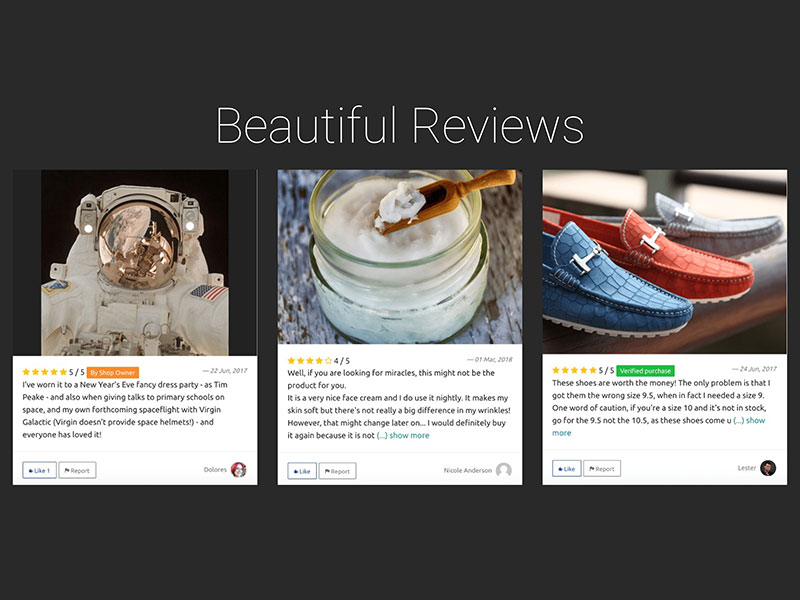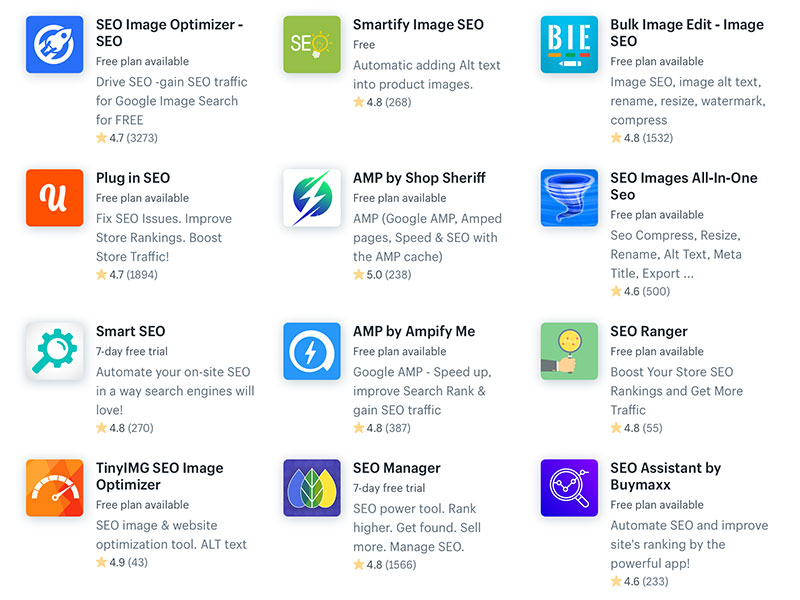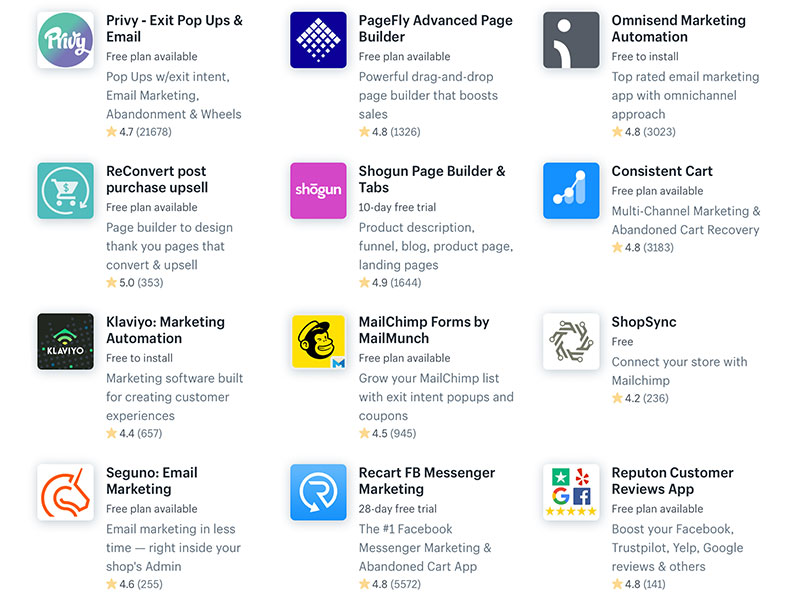Getting clients is one of the hardest challenges for any business. You will face the same problem if you decide to start an online shop. To start a Shopify store is easy, but driving traffic and getting conversions is extremely difficult.
Most Shopify stores fail and close within the first six month making 0-3 conversions. If you want to join those few businesses that survive and thrive – be ready to study and use all available arsenal of online marketers.
In this article, We discuss tools, practices and Shopify tips that gives you an advantage over the competition — simultaneously allowing you to be agile enough to experiment and learn what works for your niche best.
Table of Contents
Engage your client with a reviews
Opinew – Shopify Product Reviews and Importer is an app for shopify store that allows you to import product reviews that were written by real people after purchasing similar product on Amazon, Ebay or Aliexpress.
Opinew app will help your customers make a purchasing decision before leaving your store. There are many occasions when potential clients want to read about the product before making a purchase. Many will open a new browser tab and type “your product name” + review. Often they will end up buying the same product from another seller.

The idea here is to engage your potential client into purchasing decision with your website as much as possible. Product reviews are one of the techniques to assist your clients in making the final decision on the purchase.
Obviously, if you just opened a Shopify store and imported new products with drop shipping service like Oberlo, you don’t have any natural reviews yet. Fabricating reviews will look unnatural most of the time.
If a potential client will notice something suspicious about reviews on your site, chances are that he/she will automatically put your site in the scam category and leave. In this case, Opinew comes super handy allows you to import real product reviews fast and easy.
Also, you might get some negative reviews; often, clients will concentrate on the good stuff about the product and talk themselves into purchasing it. Your task is to provide them with all the necessary info about the product and make your site look trustworthy and professional.
The more time the client will spend on your website reviewing a product – the more he/she will associate your website with this product. Even if the client doesn’t convert today, there will be higher chances of him returning in the future to finally make a purchase.
Abandoned carts reminder
Approximately 69% of carts are abandoned during the checkout process with a laptop. Mobile users abandon 30% of their purchase if the shopping experience is not optimized for mobile devices. You also should keep that in mind.
This is nothing new or shocking. Carts get abandoned for many reasons, including:
- misleading total cost – additional shipping costs and taxes
- Unnecessary and annoying checkout steps – account creation
- Absence of preferred payment method
- Untrustworthy website
These are just a few reasons behind cart abandonment. However, they dramatically reduce your sales. 70% card abandonment is the e-commerce industry average. If your statistics are higher, you have to act ASAP, identifying, and fixing the problem.
Often it is better to offer free shipping and includes shipment costs in the product price. This way, the client will not feel tricked during the checkout process. Also, make the checkout process as straightforward and easy as possible, offer multiple payment options to suit as many clients as possible.
Finally, use abandoned checkout plugins. Usually, you collect client’s email during the first checkout step. If the client leaves checkout on later stages, don’t worry about annoying your clients with email reminders. Chances are they will never visit your site unless you send an abandoned cart reminder email. Read more on reducing cart abandonment.
Use Shopify SEO apps
If you’re not ready to spend a fortune on Facebook and Google ads, using SEO is a no-brainer. Shopify has more than 60 SEO apps; many of them are available with a free plan.
Even though SEO is essential, you don’t need to over-optimize your page. Optimizing up to 80% might be enough. Other 20% of time or money should be spent on other tasks that might bring benefits. Improving images, landing pages, or even spent on social media.

Add a blog to your shop
If you want to rank more natural and faster on Google, you need a blog.
It helps to get traffic and more users from search engines. Chances of landing on the first Google page without a blog or well-optimized landing pages are close to zero.
If your site sells motorcycle accessories, write about motorcycle adventures or possible travel destinations, review new upcoming motorcycle models, their improvements. Speculate on rumors surrounding most anticipated motorcycle releases. Also, you can include articles about tips, tools, and other news.
A blog requires a lot of time investment, especially if you want to do everything yourself. However, writing articles gives you an excellent opportunity to learn the market and your target audience.
Using this knowledge, you’ll be able to offer the desired products before the competition. Moreover, you’ll be able to design more appealing facebook and google ads.
Blogging is excellent; however, don’t limit yourself only to blog – add social media to your marketing campaigns. Use it to announce new blog posts or express your opinion on major industry news. Learn which Instagram tools are most useful to drive traffic to your shop.
Start Email campaigns
Money is in the email list. Up to date email as a sales channel has the highest conversion rate compared to social, direct, or search.
There are many free plugins available on Shopify to collect emails. Some of these plugins are annoying for the average user. For example, an exit pop up asking to give email may ruin the user experience.

However many visitors may never visit your site ever again so you can afford to annoy them a little bit more to get their email.
I add email collection form in the section next to your blog. If the visitor likes your blog posts, he/she may decide to leave an email. You have to make email collection form super easy and noticeable though.
Plan and segment your email list. Design multiple email strategies to target different categories of clients. Use one approach for those who abandoned the cart, another method for those who submitted an email using the form on a blog page. And third for those who already made a purchase.
Create separate value ladders for each product category and upsell next in the ladder product using email. Don’t be afraid to send emails. Some marketers believe that a day without an email campaign is a wasted day.
Use email services to automate as much as possible and don’t be afraid to experiment. This is the only way to find out what works best for your niche. Find more advanced concepts on email campaigns in this Huffpost article.
 Best SEO Companies
Best SEO Companies Best SEO Companies
Best SEO Companies